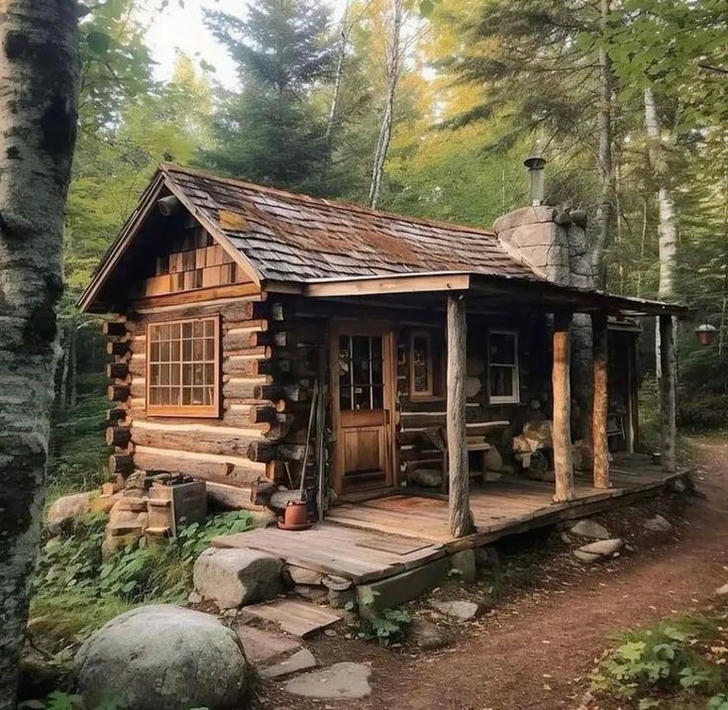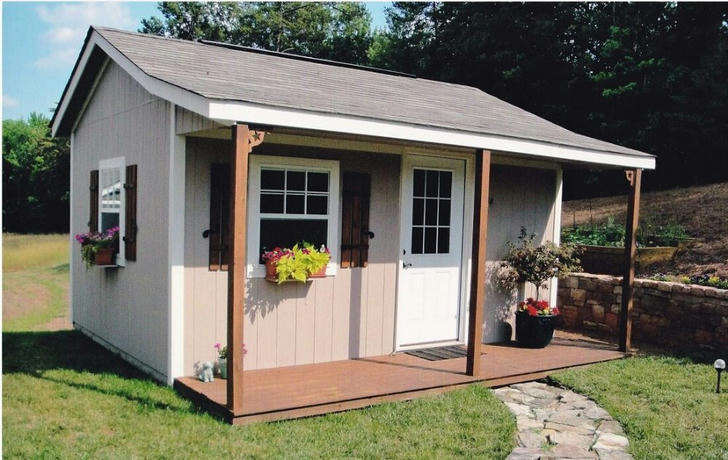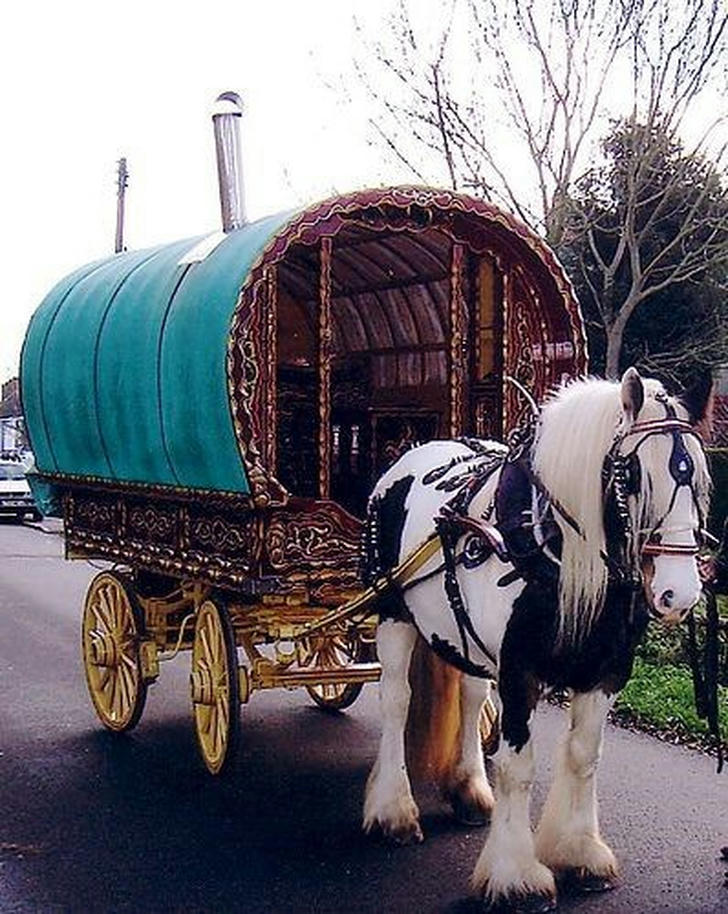Smart Homes and Log Cabins: Merging Nature and Technology
With the rapid advancement of technology, the concept of smart homes has gradually permeated various aspects of daily life. Log cabins, known for their close connection to nature, have become a popular choice in modern living spaces. Combining smart home technology with log cabins not only enhances comfort and convenience but also fulfills people’s desire for a natural environment.

Advantages of Smart Homes
Smart home systems connect household devices via the internet, enabling remote control and automated management. These systems can improve home security, energy efficiency, and overall quality of life. For example, smart lighting, temperature control, and security monitoring can adjust based on household members' daily habits, optimizing energy use and reducing utility bills.
Case Analysis
Consider a modern log cabin located in the mountains, which preserves traditional timber construction while incorporating various smart home systems. The owners, a young couple passionate about the environment, desired to enjoy nature while experiencing the convenience of modern technology.
In this cabin, the owners installed a smart temperature control system that automatically adjusts indoor temperatures according to seasonal and weather changes. Additionally, smart curtains open and close based on sunlight intensity, enhancing living comfort and reducing heating and cooling energy consumption. Through a mobile app, the owners can remotely monitor the cabin's energy usage and adjust device usage strategies in real time.
However, merging smart home technology with log cabins is not without its challenges. Ensuring the safety and stability of devices due to the characteristics of timber materials is a crucial consideration.

Challenges and Solutions
However, the combination of smart home and log cabin also faces many challenges. Due to the characteristics of log materials, how to ensure the safety and stability of the equipment is an important issue to consider. Since the structure of the log cabin may limit the installation of certain devices, it is necessary to pay attention to the compatibility of the equipment when choosing smart home products. Smart devices designed for wood structures should be selected, or appropriate structural modifications should be made to ensure that the equipment can operate safely and stably. In log cabins, reasonable energy management is also key. Although smart devices can improve energy efficiency, improper use may also lead to increased energy consumption. By installing a smart energy monitoring system, the energy consumption data of the home can be tracked and analyzed in real time, so as to develop more effective energy-saving measures.

The combination of smart homes and log cabins creates a living space where modernity and nature coexist harmoniously. By incorporating smart technology, not only is living convenience and comfort enhanced, but people can also enjoy the benefits that technology brings while immersing themselves in nature. With continuous advancements in smart home technology, future log cabins will become even smarter and more environmentally friendly, offering ideal living choices for people.
